Bridges typically help us around a problem, whether it be a body of water or otherwise. While many bridges are conventional in design, many an architect has created a bridge that is a showstopper and subsequently becomes a landmark within its locale. We’d like to bring to light ten of these bridges from around the world for you to enjoy right here.
516 Arouca, Portugal
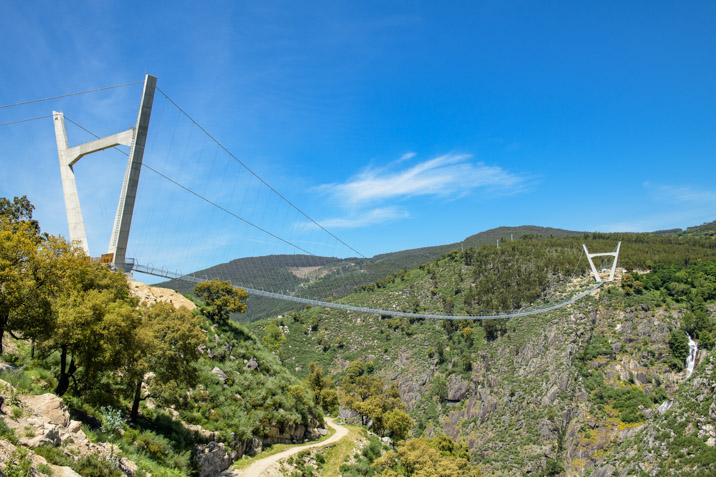
The world’s longest pedestrian bridge, 516 Arouca is suspended 175 metres above the Paiva River. Designed by Portuguese firm Itecons, the open grid design allows walkers to view the river in full below and takes approximately ten minutes to cross.
Nescio Bridge, Netherlands

Recognised as the first suspension bridge to be constructed in the Netherlands, the Nescio Bridge transports cyclists and pedestrians across the Rhine. The bridge was designed by London-based WilkinsonEyre, with the mono-cable structure evolving from a triangular section to a shallower section which merges with the concrete pillars.
Akashi Kaikyō, Japan

A more conventional suspension bridge compared to some on this list, the Akashi Kaikyō reached completion in 1998. The bridge links the two Japanese islands of Honshu and Awaji, and crosses the Akashi Strait. The bridge has the second longest central span of any suspension bridge in the world at 1,991 metres.
Lucky Knot Bridge, China
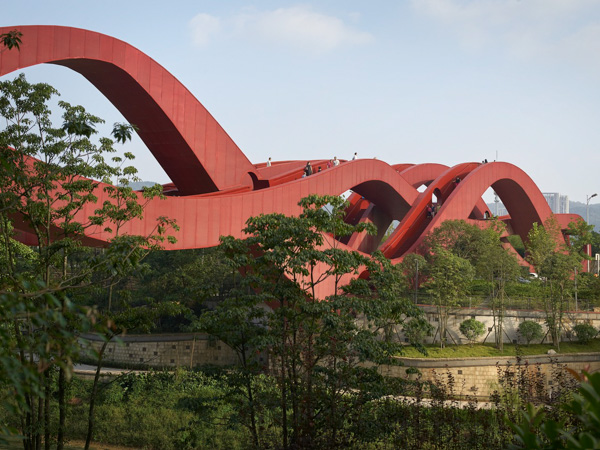
Perhaps the most intriguing bridge of them all, the Lucky Knot sees NEXT Architecture’s Dutch expertise intersected with its Chinese office’s strong understanding of local context. The structure is mindful of recreational, ecological and tourist activities in Changsha and connects to the river, road and elevated park at different stages, knotting all routes within the singular design.
Dragon Bridge, Vietnam
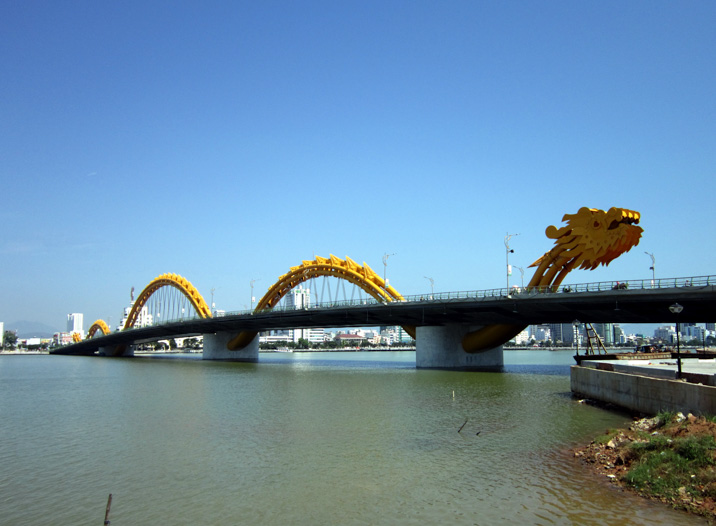
666 metres long, 37.5 metres wide and comprising six traffic lanes, the Dragon Bridge in Vietnam’s Da Nang cost $1.5 trillion Vietnamese Dong. Ammann & Whitney were responsible for the design of the structure, with its iconic dragon heads breathing fire and water every Saturday and Sunday night.
Circular Laguna Garzon Bridge Garzon, Uruguay
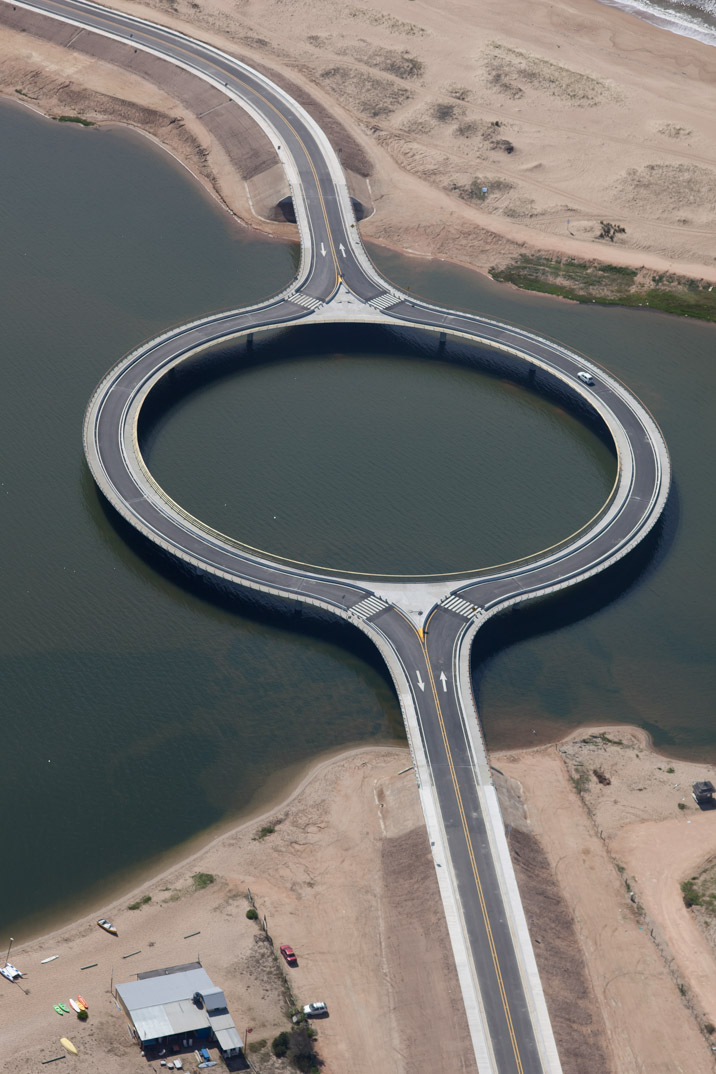
Circular in shape, the bridge replaced a two-vehicle ferry upon opening in 2015 which now allows for cars to travel across the Laguna Garzón. Designed by local architect Rafael Viñoly, the bridge consists of over 400 tonnes of steel, 500 cubic metres of concrete and 40,000 metres of cable.
Island-in-the-Mur, Austria
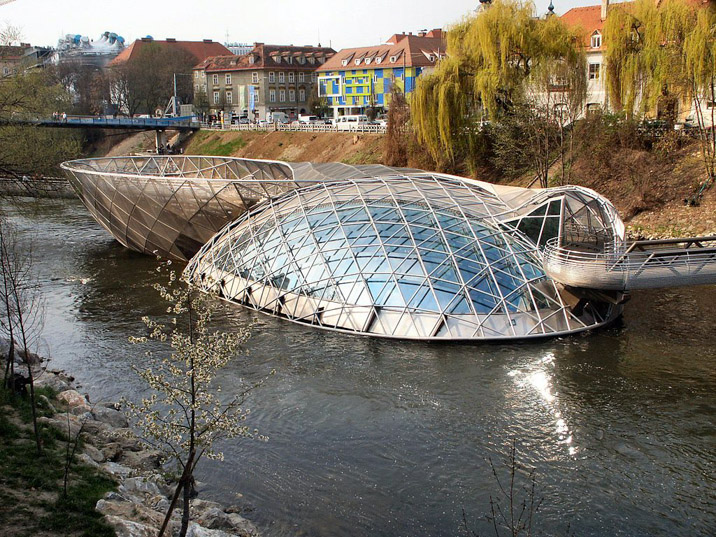
Island in the Mur isn’t actually an island. In fact, it's more so a floating platform sitting above the Mur River in Graz, Austria. Envisioned by New York artist Vito Acconci, the bridge has become a cultural icon of the Austrian city, the sea shell-esque island connected by two footbridges. The centre of the platform forms an amphitheatre, with a cafe and playground situated underneath.
The Margaret Hunt Hill Bridge, USA
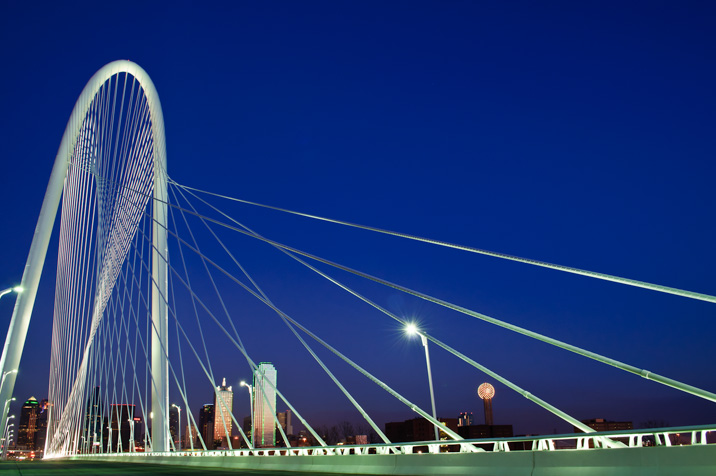
Located in Texas across the Trinity River, The Margaret Hunt Hill bridge was constructed as part of the Trinity River Project. The bridge was designed by Santiago Calatrava and connects the Spur 366 (to Singleton Boulevard in West Dallas.
Octavio Frias De Oliveira Bridge, Brazil
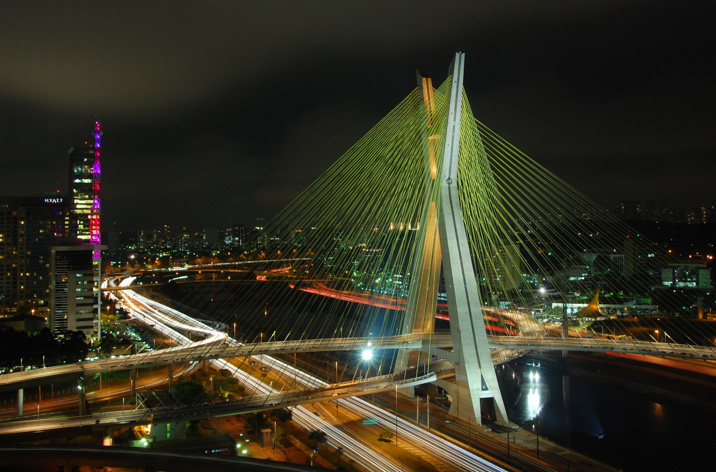
Brazil’s most famous cable-stayed bridge features an unconventional bridge deck, with an X crossing at the tower. Designed by João Valente Filho, it is the only bridge in the world that has two curved tracks supported by a single concrete mast.
Sydney Harbour Bridge, Australia
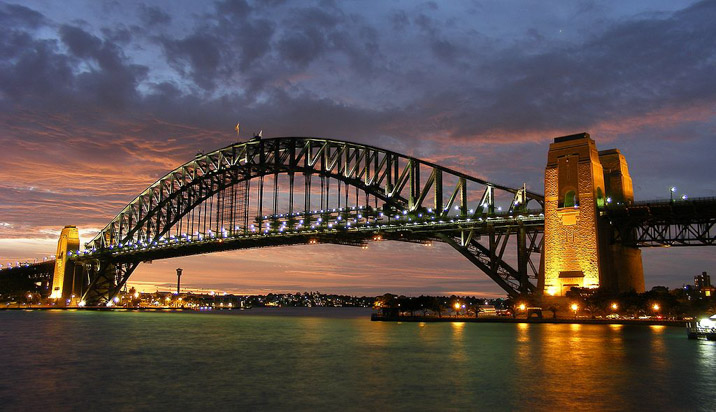
This one requires no introduction. One of the world’s most recognisable landmarks, the bridge has become a cultural icon of not only Australia, but the entire planet. Connecting the north and south shores of the harbour, Sir Ralph Freeman’s design took six years to construct with a budget of $6.61 million, 1,400 men and 53,000 tonnes of steel.
Images: Wikipedia Commons

